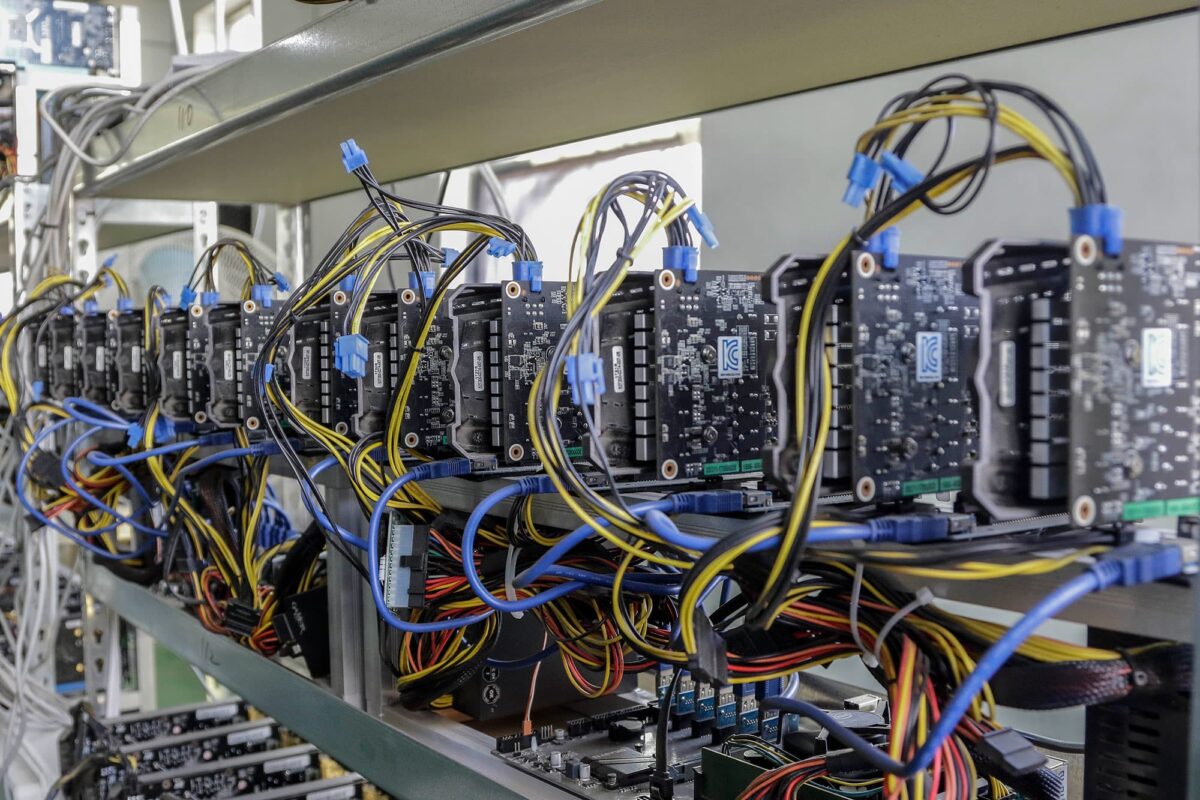Bitcoin mining in 2025 has become a precision game, where efficiency, upfront investment, and long-term viability determine success. For DIY miners and tech enthusiasts, choosing the right rig isn’t just about hash rate, it’s about balancing performance with energy consumption, setup complexity, and durability. The market has matured, and while flashy specs dominate marketing materials, real-world profitability depends on deeper metrics.
The Antminer S21 Pro leads the pack with a hash rate of 235 TH/s and an energy efficiency of 15 J/TH. Built for industrial-grade performance, it’s surprisingly accessible for home setups with proper cooling and noise mitigation. Its $3,200 price tag may seem steep, but the ROI curve flattens quickly in regions with sub-$0.06/kWh electricity. Unlike earlier models, the S21 Pro includes firmware level optimization, allowing users to throttle performance based on ambient conditions an underrated feature for miners in warmer climates.
WhatsMiner M60S earns its spot through rugged design and consistent output. With 228 TH/s and a slightly higher energy draw, it’s best suited for users with dedicated mining spaces. The unit’s modular architecture simplifies maintenance, and its compatibility with third-party monitoring tools makes it a favorite among data-driven miners. While priced similarly to the S21 Pro, the M60S offers better thermal stability, which translates to fewer shutdowns and longer operational windows.
Bitmain’s Antminer T19X is a sleeper hit for budget-conscious miners. Delivering 180 TH/s at 21 J/TH, it’s not the most efficient, but its sub $2,000 cost makes it ideal for those testing the waters. The T19X supports remote firmware updates and integrates easily with mining pools, reducing the learning curve for beginners. Its lower power draw also makes it viable in regions with moderate electricity costs, especially when paired with solar or hybrid energy setups.
Canaan Avalon A1466i stands out for its emphasis on sustainability. With 170 TH/s and a focus on renewable energy compatibility, it’s designed for miners who prioritize ESG compliance. The rig’s smart power management system adjusts consumption based on grid load, which can reduce costs during peak hours. Though slightly less powerful than its competitors, the A1466i appeals to users seeking long-term stability over short-term gains.
Finally, the Goldshell HS Lite offers a niche solution for dual-coin mining. While its 60 TH/s output is modest, it supports both Bitcoin and Handshake protocols, allowing users to diversify income streams. Its compact form factor and low noise profile make it ideal for apartment setups or shared living spaces. Though not a powerhouse, the HS Lite introduces flexibility that larger rigs lack, especially for miners experimenting with multi-asset strategies.
Choosing the right rig in 2025 requires more than chasing hash rates. It demands a clear understanding of local energy costs, cooling capabilities, and long-term maintenance. Each of these rigs offers a distinct value proposition, and the best choice depends on your goals, whether that’s maximizing passive income, minimizing risk, or building a scalable mining operation. As the industry evolves, miners who prioritize efficiency and adaptability will find themselves ahead of the curve, not just in earnings but in resilience.
Related Products:



















